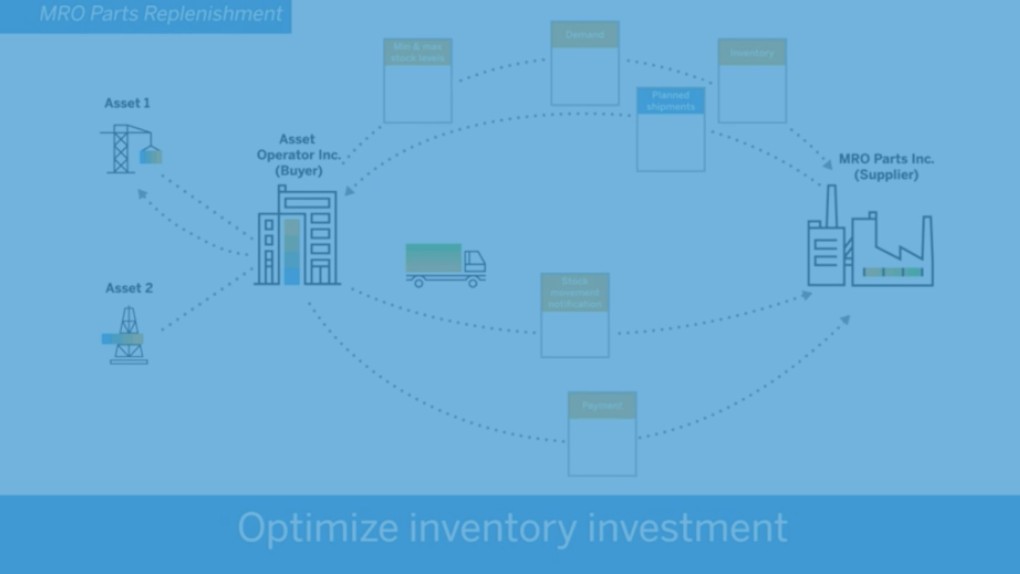Flexible working practices are an integral element of most post-pandemic return-to-work policies. 73% of employees now prefer hybrid-work environments. They expect to commute to the office only on some days of the week. But such hybrid work raises many challenges. Forward-looking CIOs draw up hybrid work models to manage their agile and DevOps teams.
1. Restructure the work model
Hybrid work entails working from the office some time, and working from home or other remote locations at other times. This differs from a purely remote work approach. Remote work is one-dimensional. Hybrid work is dynamic, developing, and transformational. It requires a fresh approach to work.
- Ensure complete portfolio and pipeline visibility across the board. Centralize data into data lakes, or make the dispersed data accessible through APIs and connectors. Dispersed teams need access to complete information to function well. Teams working from the office may access the information from the same sources for consistency.
- Develop roadmaps using agile planning. Focus on delivering customer expectations, regardless of location.
- Reinforce the project goals for clarity. Have the main deliverable for incremental development. Make sure each phase stands independently.
- Reset sprint velocities. Review the complexity of work in the new hybrid environment. For example, complex user stories that need contributions from multiple team members are difficult in hybrid mode. Rather, break down such stories into smaller ones for better clarity and focus.
- Assign work needing less collaboration for the remote part of the hybrid model. Remote teams find it easier to work on technical stories. For instance, developing user experiences involve collaboration among product owners, designers, and developers. Remote teams will find it hard to coordinate discussions or develop a shared understanding of end-user needs.
2. Set appropriate policies for hybrid work
Hybrid work models require clear-cut policies for success. For instance, without clarity on when a team member has to come to the office, and when they can work remotely, the hybrid model is a recipe for disaster.
- Set up multidisciplinary agile teams to respond to changing conditions and get things done fast. Such a practice is not new to the DevOps approach. In hybrid work, the importance of such teams increases.
- Align cultural norms and practices to extend productive collaborations to the online space. Cultivate a culture of openness and transparency, to encourage team members to share ideas. Depending on the existing culture, employees may not come forward to share ideas, discuss workloads, or seek help in an online space. The online moderator would have to seek the remote member’s contribution.
- Standardize hybrid work behaviors and practices. But do not set it in stone. Review practices and make changes if needed. Hold regular discussions on how to improve efficiency. Often, the team goes through several trial-and-errors before perfecting a hybrid work model.
The success of the hybrid work model depends on equity among those working from the office and those working remotely.

3. Rejig project approaches
The core of the agile approach is self-organized teams. Agile teams organize themselves and become adept at working under diverse conditions. But they need reinforcement through fresh approaches to the DevOps projects.
- Review the approach to documentation. Agile development teams prioritize working code over documentation. But documenting architecture, APIs, and code help teams working from dispersed locations. For instance, documenting the code replaces in-person discussions on how to address technical debt.
- Have a system in place for regular feedback. Remote workers work with minimal supervision. They need constant reinforcements and feedback to know if they are on the right track. Empower them to decide without having to follow up on everything.
- Rethink traditional meetings. Agile teams shifting to remote collaboration need not redesign their process or do away with agile ceremonies. But scrum masters will have to rethink how to conduct such ceremonies. For instance, digitize the traditional practice of team members looking over the scrum board during the daily standup.
When agile dev-ops teams shift to agile mode, the CIO becomes a guide and a facilitator.
4. Provision of the right tools
Delivery of software often hits a speed bump when work teams work remotely. Hybrid work enables extending the workday. Some employees working in another time zone may work as “odd hours” from the office perspective and get the job done faster. This gets demanding projects done faster. But the caveat is the dispersed work team having access to the right tools.
Spread out DevOps teams work well when they:
- Have integrated tools and workflows to access the same resources and the same tools from the office, home, or any other remote location. Deploy standardized stacks to connect workflows and make smooth handoffs between teams.
- Focus on risk remediation through shift-left testing and security practices. Assign testing, reliability, security, and performance responsibilities to specific work teams. Empowering work teams helps teams meet service-level objectives.
- Ensure consistent governance and compliance standards.
- Boost site reliability engineering and test automation. Have test automation depositories.
5. Streamline collaboration
Remote work remains a non-starter without high-quality, efficient software that enables seamless collaboration. When all team members work from the office, they may ask impromptu questions and solve problems without meetings. Web conferencing, group chats, and email get the job done. But such channels are disruptive and ineffective compared to direct, person-to-person interactions.
Set up communication channels integrated into the workflow. Offer the same communication channels for the at-office team and the remote teams.
Share documents in integrated repositories to avoid confusion.
- Deploy tools that enhance online work productivity. Employees working from remote locations become more responsive when they have the right online tools, such as a screen sharing tool or a digital whiteboard.
- Strike the right balance between meetings and asynchronous communications. Too much synchronous communication is energy-draining and productivity wrecking. For most tasks, asynchronous collaboration channels suffice.
- Make sure synchronous meetings are productive. Routine meetings such as daily stand-ups and sprint reviews have standard agendas. Make sure the organizers of other meetings, such as brainstorming have a clear agenda.
- Record meetings and share in an organized repository. This enables playback and allows absent team members to catch up when they are free.
- Establish appropriate “no meeting” periods to facilitate a productive work environment.
Top-down policies do not guarantee success. Development teams have to perfect practical ways of collaborating.
The ultimate barometer of success is customer satisfaction. As long as DevOps teams go through rapid and continuous delivery of the project increments, the hybrid work model is a success. Here are five additional ways CIOs can find success in a hybrid work environment.












